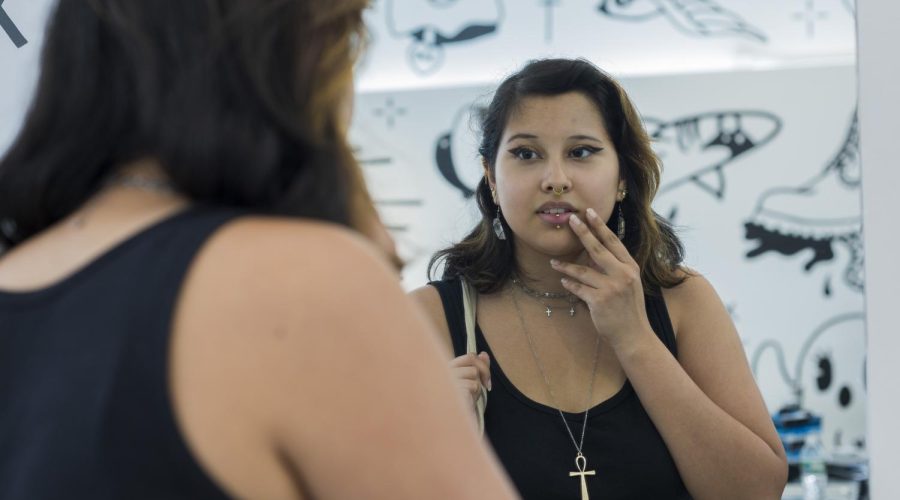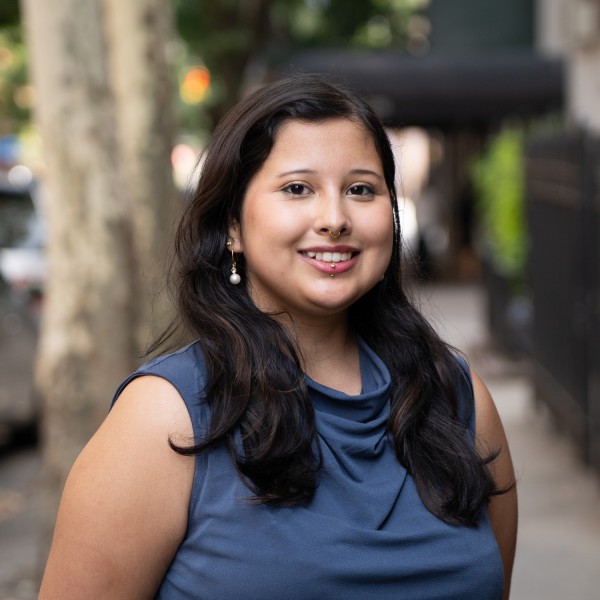I’m blindsided by the pain every time I get pierced. Even after 13 piercings, my latest — a vertical labret — had me seeing static white and tensing up in the chair. The moment I felt the needle break through the thin skin of my lip, I almost regretted my decision. Almost.
Ten minutes later, stepping out of the piercing studio, I’m in love with the simple gold bar through my bottom lip. The endorphins helped. After a piercing, I feel the same high I do after a long run, where pain, self-satisfaction and a cocktail of neurotransmitters create a mild euphoria. Discomfort, however, outlasts the feeling — my lip piercing will take at least three months to heal, and others have taken up to a year.
But there is a sense that with every piercing, I am becoming myself. For those who choose to undergo body modification, it is more than a look — it is a deeply meaningful experience connected to our identity and autonomy.
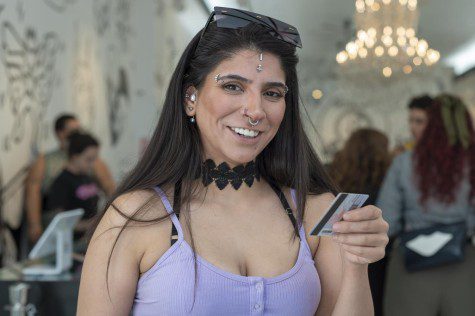
Humans have been getting pierced for over 5,000 millenia, but Pieper Grantham, a Gallatin sophomore, has only been getting pierced for two years. Despite the short time period, she boasts an impressive 11 piercings.
“I definitely rushed into getting all of my piercings,” Grantham said. “I got my first six — all in my lobes — the day after I turned 18.”
Growing up in a conservative Texan family, Grantham felt pressure to put on a persona that clashed with her true identity. For her, piercings were a way to reassert autonomy not only over her appearance, but over her life.
“I originally started getting piercings as a method of rebellion,” she said. “I didn’t tell anyone where I was going. I just hopped in the car and went. With every piercing I get, I feel like I’m getting closer and closer to the final me.”
Ericka Vinefog, my piercer at Live by the Sword Tattoo in SoHo, said that it’s not uncommon to encounter people like Grantham who are getting pierced in spite of cultural or familial standards. For many, the cosmetic choice is reflective of a healing journey to self-acceptance.
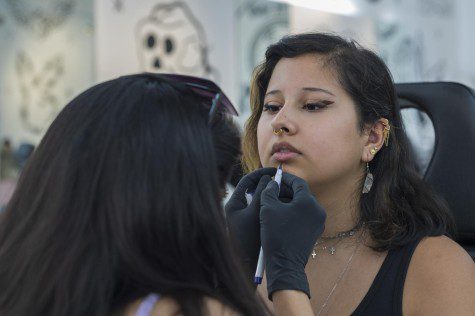
“I’ve had people who even sit there and they’re crying before we do this because it goes against their family’s religion,” Vinefog said. “The hardest part is doing it for yourself.”
Vinefog herself has had emotional piercing moments. A life-long fan of “shiny things,” Vinefog began piercing herself and her classmates in junior high. She later became enamored with the variety of piercing jewelry available — driving her to pursue a career in the field. Now, she has several face and ear piercings, including two dermal anchors, which sit under the skin and allow jewelry to be screwed in on her forehead. However, piercing her face was not as straightforward as she had expected. Like many of her clients, Vinefog dealt with doubts over how others might view her piercings.
“When I pierced my forehead, that was definitely a spontaneous quarantine moment,” Vinefog said. “When I did it, I actually cried in the mirror afterwards. I’m like, ‘Why would I do this? What are people gonna think? And then, I realized I kind of liked it. The longer that I’ve had it, the more it’s just who I am.”
The long quarantine months led many people, including myself, to a fascination with body modification. As the world seemed to be ending around us, the worries keeping us from the tattoos and piercings we wanted paled in comparison.
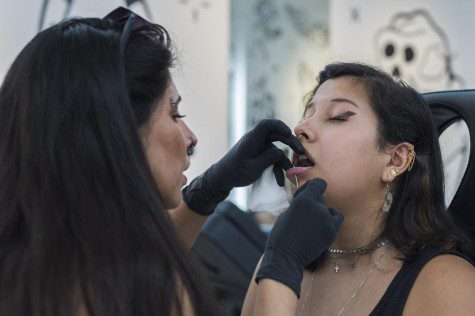
Lauren Collins, a GLS senior, said that the pandemic helped change her mindset about body modification.
“I’ve always been interested in tattoos,” Collins said. “Once COVID-19 hit, I was like, ‘Why does it matter?’ I dyed my hair, got a nose piercing and then got all of my tattoos. COVID forced me to actually consider how short life is. Why would I wait for something when I could get hit by a car tomorrow?”
To Collins, tattoos serve as ways to decorate herself and create a physical record of the tattooing experience. Almost all of her 22 tattoos were done by apprentices training to become independent artists. She often goes into the shop without a specific idea in mind and allows the apprentice to practice tattooing certain styles or body parts.
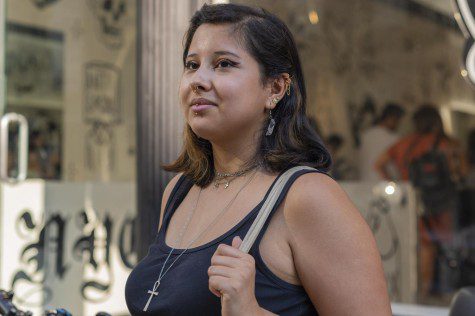
“I’m always interested to learn about how they got into the testing process. And then that’s where the meaning comes from, meeting this person and remembering the experience,” Collins said. “I had one that was their third tattoo on actual skin and it’s shaky, but the thing is, I love it because of the experience. Usually the tattoo artist and I would eat lunch or something, so it’s a way of meeting new people too.”
Collins, like many others, has found comfort in body modification — in this case with her tattoo artists — and believes that it creates a shared experience. When I spoke to Grantham, we commiserated over irritated piercings and long healing times. Vinefog and I discussed our culture shock coming to New York and discovering the different attitudes towards alternative style in the city. Collins and I talked about our less-than-supportive families.
There is no one archetype for people that get modified — Grantham, Collins, Vinefog and I are all different, but we are ultimately unified by our choices. In one way or another, for our own personal reasons, we have all turned our bodies into living art galleries that we have control over. Modification allows us to assert our autonomy, to permanently add something we want to our bodies. It offers the chance to change how others see us and how we see ourselves.
“My body is for me and not for anyone else,” Collins said. “And I see my body as a work of art.”
Contact Tori Morales at [email protected].























































































































































